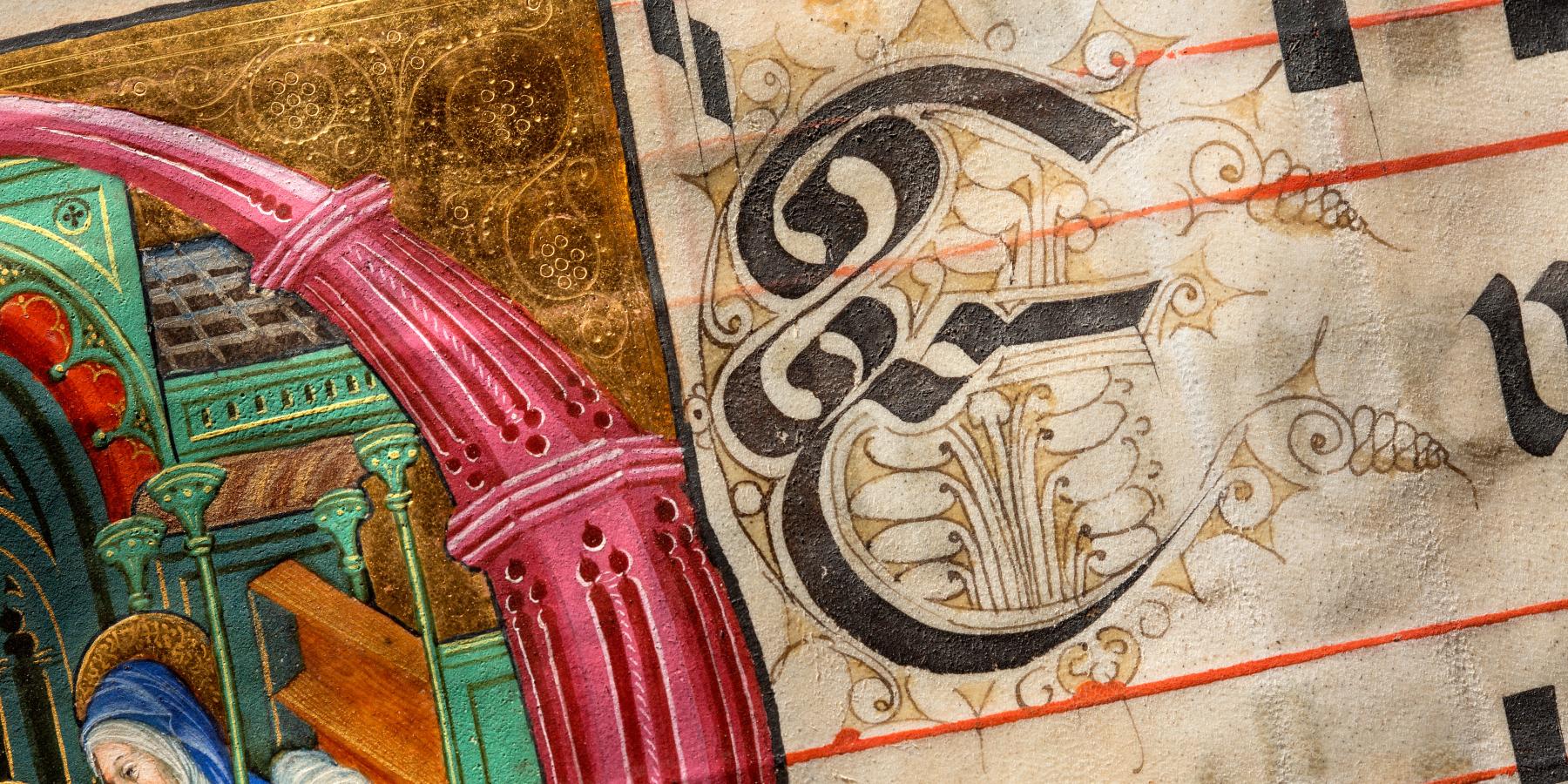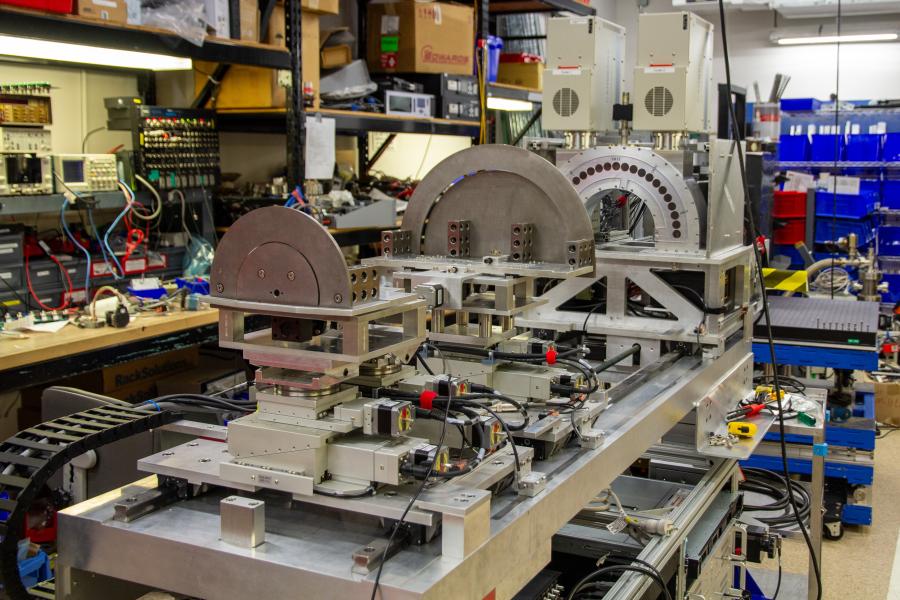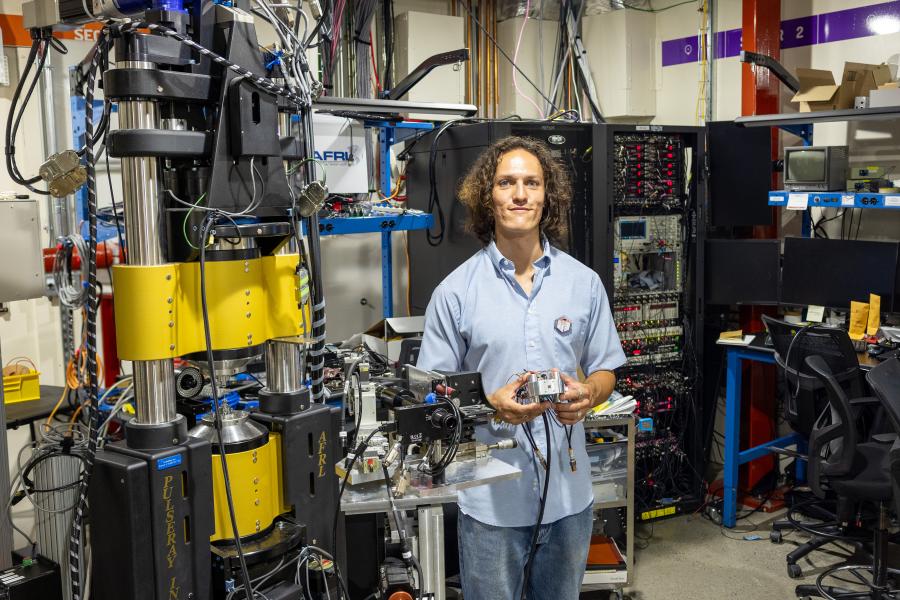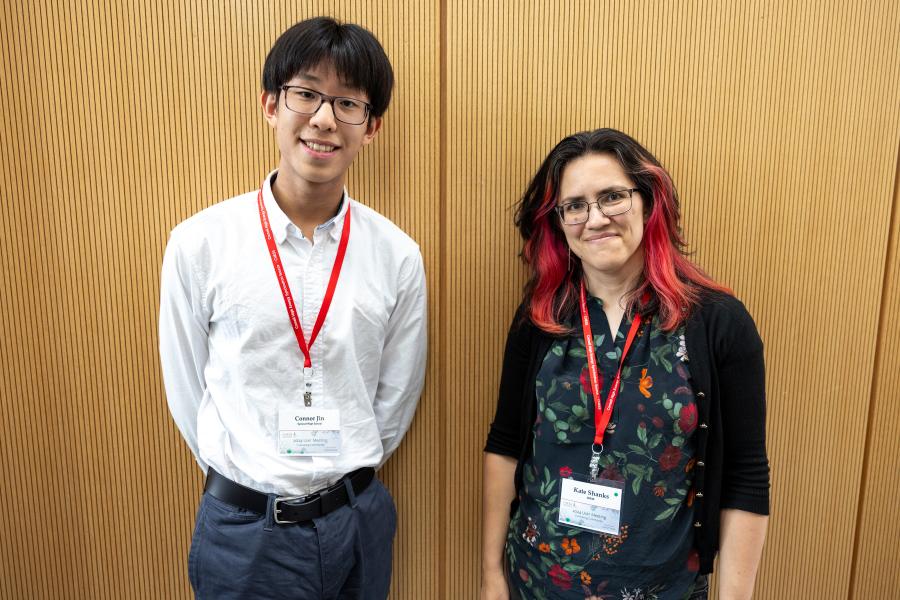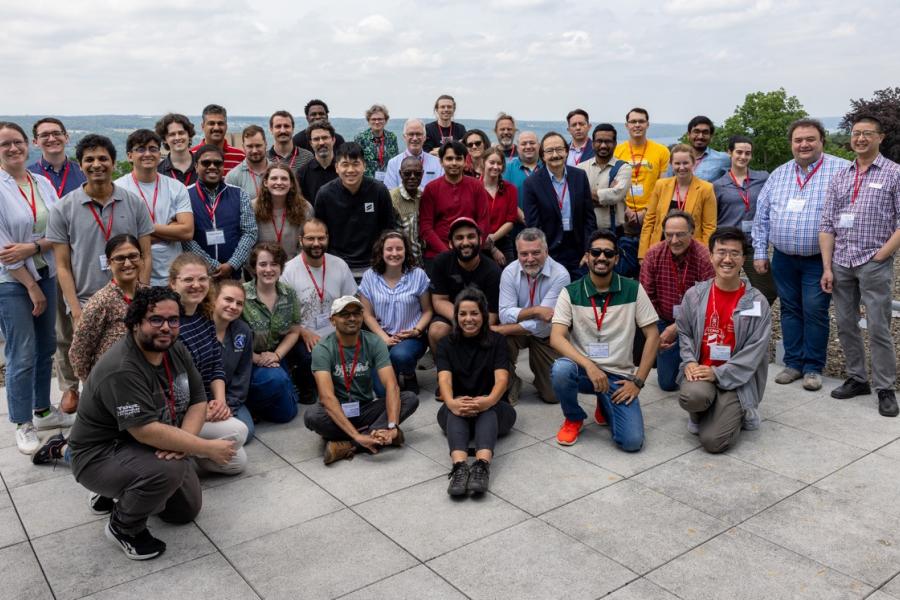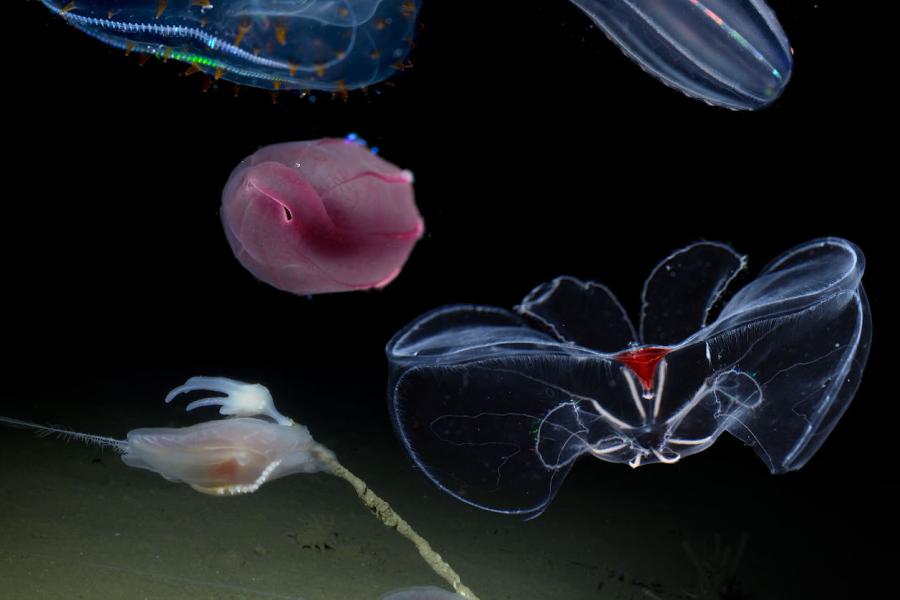Sidebar Menu (View Pages)
- Status
- ⌃ Science
- ⌃ Users
- ⌃ Facilities
- ⌃ Public
- Industry
- ⌃ About
Tags
Featured
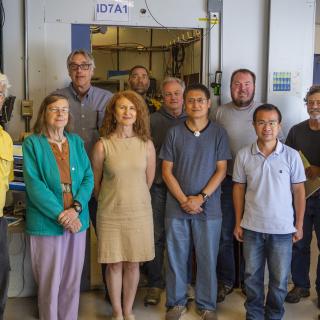
NIH awards $17.4 million to Cornell for CHESS subfacility
A single human cell contains thousands of proteins that perform a vast array of functions, from fighting off viruses to transcribing DNA. By understanding the structure of these proteins, researchers can interpret their functions and develop methods for turning them on and off.
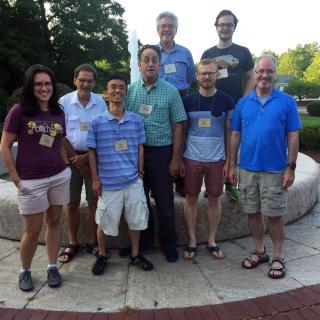
Cornell and CHESS are well-represented at this year’s Gordon Research Conference on X-ray Science
Gordon Research Conference (GRC) on X-ray Science is a biennial meeting, and was held at Stonehill College in Easton, Massachusetts from July 28 to August 2. The conference was chaired by CHESS director Dr. Joel Brock. CHESS was one of sponsors of the conference this year
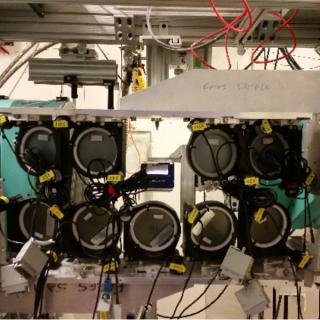
Hopping Made Easy: Controlling Electronic Transport in CoₓMn₃₋ₓO₄ Nanoparticles
"This work forms the starting point to understanding the mechanisms of charge transport in ternary spinel systems."
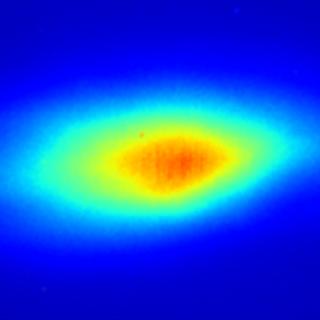
Diamonds are for focusing and monochromatizing: Chemically vapor deposited diamond crystal as medium resolution X-ray monochromator
"Using CVD diamonds in X-ray monochromators enables affordable compact systems operable in a laboratory with conventional X-ray sources, under extreme conditions as high radiation heat load optics at synchrotrons, or, possibly, as compact remote X-ray instrumentation for planetary missions."
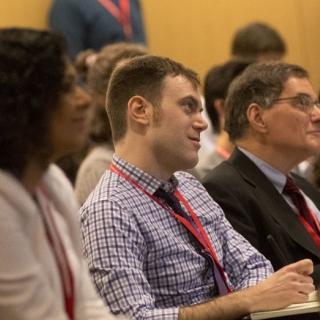
2019 CHESS Users' Meeting and Workshops
"The CHESS Users’ Meeting attracted a record number of 225 registered participants to the Cornell campus to look back at major milestones of the project and to discuss X-ray science enabled by the ambitious upgrade."
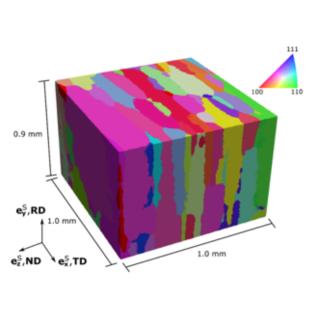
Slip but not fail: New Insights into Microstructural Deformation Mechanisms in Al-Li Alloys
"These new X-ray data are creating a path forward for the development of new microstructurally sensitive failure criteria."
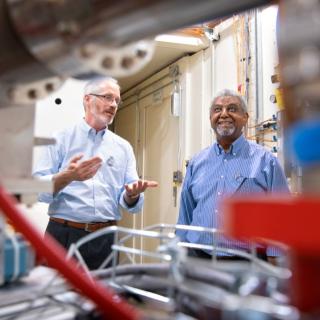
$54M for CHEXS, A New High-Energy X-ray Facility
The National Science Foundation awarded Cornell University on Thursday $54 million to create CHEXS, The Center for High Energy X-ray Sciences. CHEXS will be a sub-facility of the Cornell High Energy Synchrotron Source, more commonly known as CHESS.
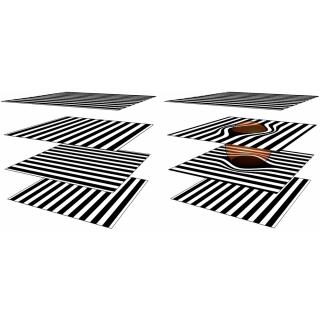
Less is more: Disorder raises the critical temperature of a cuprate superconductor
"Developing materials that exhibit superconductivity at room temperature for wide spread commercial use would allow a significant reduction in energy consumption throughout the power grid."
